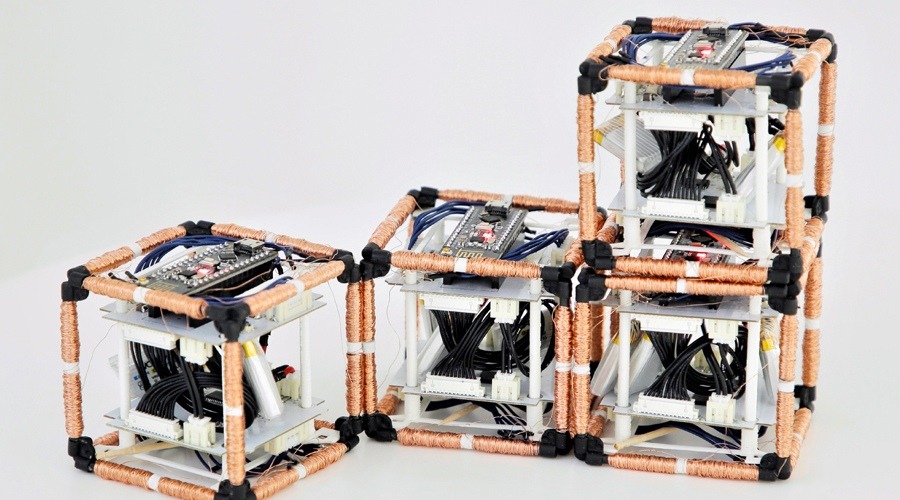In a leap forward for medical innovation, engineers at the University of Waterloo have unveiled the GeiwBot, a tiny robot poised to revolutionize surgical procedures. Drawing inspiration from nature's adhesive wonders, particularly the gripping capabilities of gecko limbs and the efficient locomotion of caterpillars, the GeiwBot represents a pioneering advancement in soft robotics.
Unlike its predecessors, the GeiwBot boasts unparalleled versatility, thanks to its ability to traverse any surface, including walls and ceilings, using a combination of ultraviolet light and magnetic force. This groundbreaking feature eliminates the need for an external power source, enabling remote control and facilitating its potential applications in a myriad of fields, particularly in assisting surgeons and accessing hard-to-reach areas.
Professor Boxin Zhao, head of the Department of Nanotechnology at the University of Waterloo, heralds the GeiwBot as a trailblazing achievement in soft robotics. "This work marks the first instance of a fully functional soft robot capable of maneuvering on inverted surfaces, heralding a new era of innovation in the field," states Professor Zhao. "We are optimistic about its transformative potential across various domains."
Crafted from "smart" materials that can be meticulously tailored at the molecular level to emulate the adhesive prowess of gecko limbs, the GeiwBot stands approximately 4 cm long, 3 mm wide, and 1 mm thick. Its design allows it to effortlessly scale vertical walls and ceilings without reliance on an external power supply.
The GeiwBot's construction comprises liquid crystal elastomers and synthetic adhesive pads, with photosensitive polymer tape mimicking the flexible movements of its tracks. Magnetic pads situated at both ends of the robot provide secure traction on surfaces, enhancing its stability and maneuverability.
"While challenges remain, the development of the GeiwBot represents a significant milestone in harnessing the principles of biomimicry and smart materials for soft robotics," asserts Professor Zhao. "Nature serves as an invaluable wellspring of inspiration, and nanotechnology presents a promising avenue for translating its insights into tangible advancements."
Equipped with remote control capabilities, the GeiwBot holds immense potential for a myriad of applications, including minimally invasive surgical procedures and reconnaissance in hazardous or inaccessible environments. Researchers are already exploring avenues to enhance its biocompatibility by developing a variant that operates without the need for a magnetic field, utilizing infrared radiation as an alternative.
As the GeiwBot blazes a trail in the realm of soft robotics, it underscores the transformative impact of interdisciplinary collaboration and nature-inspired design on the forefront of technological innovation. With continued refinement and exploration, the GeiwBot is poised to redefine the boundaries of possibility in healthcare and beyond.


















